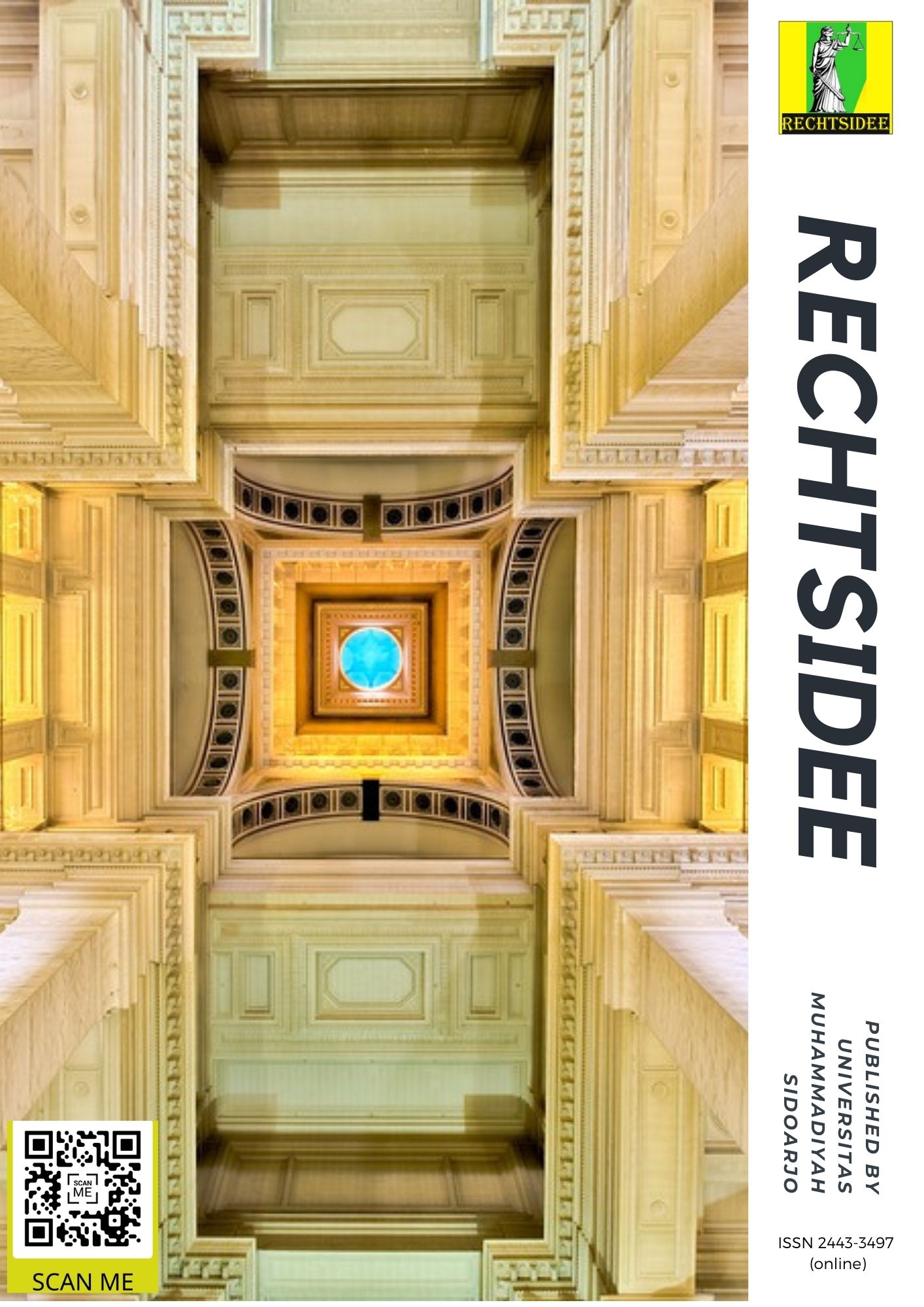Model of Paranormal Testimony as Evidence in the Crime of Witchcraft from the Perspective of Legal Certainty
Published 2025-06-26
Keywords
- Paranormal Witness,
- Evidence,
- Witchcraft Crime,
- Legal Certainty
How to Cite
Abstract
General Background: The criminalization of black magic presents complex challenges at the intersection of law, culture, and religion. Specific Background: Article 252 of Indonesia's National Criminal Code regulates black magic based on claims of supernatural power, punishable by imprisonment or fines. Knowledge Gap: However, there is limited clarity on the role of paranormal witnesses in the evidentiary framework of such crimes, particularly from the perspective of legal certainty. Aims: This study aims to design a model for utilizing paranormal witnesses as supporting evidence in black magic cases. Results: Employing a sociolegal method with legislative and conceptual approaches, supplemented by interviews with East Java Regional Police investigators and religious figures, findings reveal that scientific investigation methods are prioritized over paranormal testimony. In Islamic law, proving black magic requires confession, valid witness testimony, or strong qarinah, with input from ruqyah experts serving only as reinforcement. Novelty: The study introduces a model that aligns with Article 184(1) Jo. 183 of the Criminal Procedure Code, positioning paranormal testimony as non-autonomous, corroborative evidence. Implications: The research proposes establishing a certified paranormal association to ensure formal legality and regulated participation in criminal investigations involving supernatural claims.
Highlights:
-
Legal evidence for black magic relies on scientific and sharia-valid proof.
-
Paranormal testimony serves only as supporting (non-primary) evidence.
-
Certified paranormal associations are proposed for formal legal legitimacy.
Keywords: Paranormal Witness, Evidence, Witchcraft Crime, Legal Certainty
Downloads
References
- A. Hamzah, Indonesian Criminal Law, 4th ed., Jakarta: Sinar Grafika, 2023.
- T. P. Moeliono, Criminal Law, Jakarta: Gramedia, 2003.
- A. S. S. Ishwara, “Criminal Law Reform: A Legal Study of Proving the Crime of Witchcraft in the New Criminal Code,” IBLAM Law Review, vol. 3, no. 3, pp. 100–111, 2023.
- A. M. Thabrani, “Victims of Black Magic in the Perspective of Health Anthropology and Islamic Law in Pamekasan Regency,” Al-Ahkam, vol. 9, no. 1, pp. 41–74, 2014.
- Z. Alrah, “The Social Contract in Rousseau’s View,” Kalam and Filsafat, vol. 1, no. 1, pp. 1–14, 2019.
- N. Falikhah, “Witchcraft and the Anthropology of Religion,” Alhadharah Ilmu Dakwah, vol. 11, no. 22, pp. 129–138, 2012.
- F. Dianti, Criminal Evidence Law in Indonesia: Comparison of HIR and KUHAP, Rev. ed., 1st ed., Jakarta: Sinar Grafika, 2023.
- P. B. Gerstenfeld, Crime and Punishment in the United States, Pasadena, CA: Salem Press, Inc., 2008.
- P. M. Marzuki, Legal Research, Rev. ed., Jakarta: Prenada Media Group, 2016.
- J. Ibrahim, Normative Legal Research Theory and Methodology, 4th ed., Malang: Bayumedia Publishing, 2012.
- H. S. P. Saputra, Go to Mantra, Yogyakarta: LKiS, 2007.
- M. I. Widayanti et al., “Paranormal Phenomena: A Review of the Meaning of Life, Self-Concept, Transpersonal Experience and Spirituality,” [Journal Title Missing], vol. 15, no. 2, pp. 374–395, 2016.
- E. Susanti and E. Rahardjo, Law and Criminology, Bandar Lampung: CV Anugrah Utama Raharja, 2018.
- J. B. Thayer, “Presumption and the Law of Evidence,” Harvard Law Review, vol. 3, no. 1, pp. 142–143, 1889.
- S. L. Emanuel, in E. Susanti and E. Rahardjo, Law and Criminology, Bandar Lampung: CV Anugrah Utama Raharja, 2018.
- M. M. Houck, Essentials of Forensic Science: Trace Evidence, New York: An Imprint of Infobase Publishing, 2009.
- A. Hamzah, Introduction to Indonesian Criminal Procedure Law, Jakarta: Sinar Grafika, 2017.
- S. Bakhri, Law of Evidence in Criminal Justice Practice, Yogyakarta: Total Media in collaboration with P3IH Faculty of Law, Muhammadiyah University of Jakarta, 2009.
- T. Santoso and E. A. Zulfa, Criminology, Jakarta: PT Raja Grafindo Perkasa, 2001.
- [Nomor sengaja dikosongkan sesuai data asli — tidak ada entri]
- B. Poernomo, Criminal Procedure Law Orientation, Yogyakarta: Amarta, 1998.
- I. Safitri, “Supernatural Beliefs and Javanese Kejawen: Case Study in Coastal Communities in Rembang Regency,” Sabda: Journal of Cultural Studies, vol. 8, no. 1, pp. 18–28.
- N. Ningsih, Legal Basis for Witchcraft and Shamanism from an Islamic Perspective, Makassar: Penerbit Pusaka Alamiada, 2017.
- F. Faisal et al., “Pemaknaan Kebijakan Kriminal Perbuatan Santet dalam RUU KUHP,” Jurnal Pembangunan Hukum Indonesia, vol. 5, no. 1, pp. 2020–2032, 2023.

